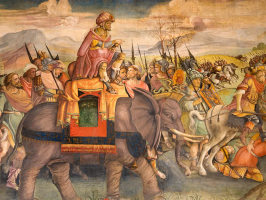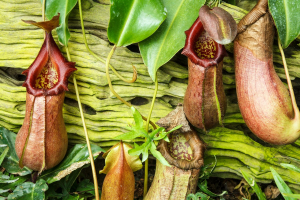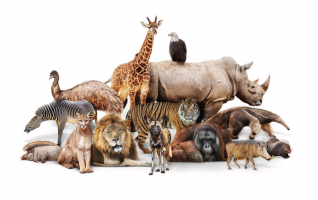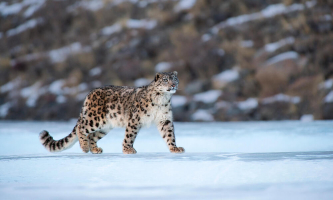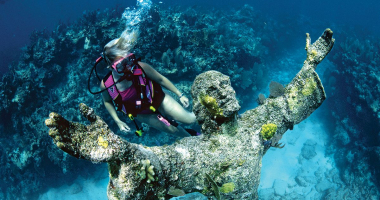Top 10 Astounding Examples of Teamwork in the Wild
Teamwork, in a very basic sense, is the basis of civilization. The development of cities, economies, agriculture, religion, and even languages was made ... read more...possible by people working together for their mutual advantage. Previously, mankind had only existed as basic foragers in the wild. We as a species have found it to be fairly effective. And occasionally it even functions outside of our species. Here are some Astounding Examples of Teamwork in the Wild.
-
There is nothing that compares to the sloth when it comes to intricate connections between living things. They may not move swiftly, but they also don't need to because sloths collaborate with moths and algae in a mutually beneficial three-way relationship.
You may have noticed that certain sloths' fur has a green tint. Algae are what is encroaching in their fur's furrows. A complete ecology of insects, including cockroaches and moths, call their thick fur home. The sloth has incredible natural camouflage because of the algae and the bugs working together. In the jungle, hanging from a tree branch, they would be virtually undetectable to most predators.
The algae that grow on the sloths' bodies is something they eat in addition to providing cover. And if you are familiar with sloths, you are aware that they descend to the ground to urinate. Yet why? They might as well crap from the trees. However, as the sloths descend to the ground, they can come into contact with the areas where moths deposit their eggs in and around the sloth dung. This enables fresh moths to settle in their fur. The moths do this to raise the nitrogen levels in the fur, which encourages more algae development. Thus, the sloths eating the algae have brought us full circle.
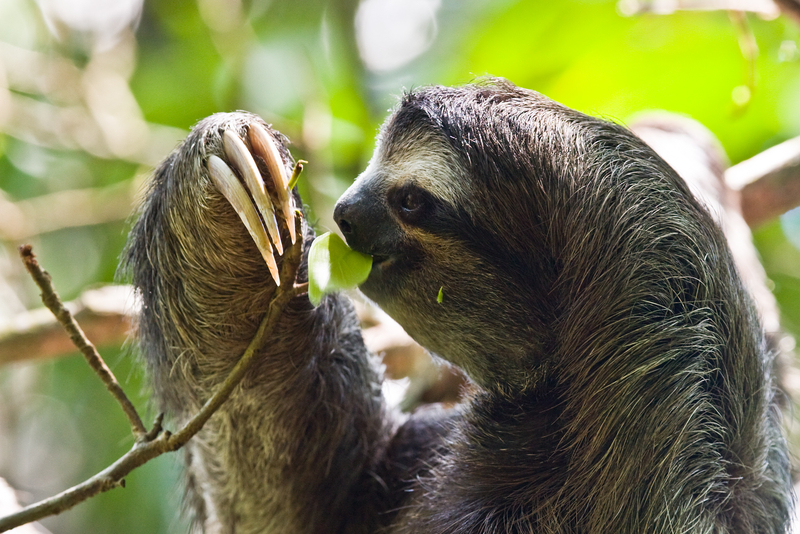
https://betterlesson.com/ 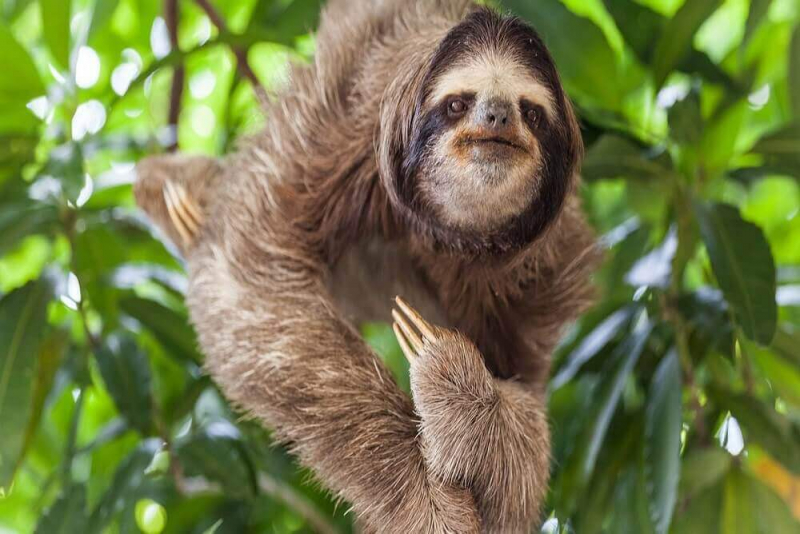
https://www.nerdycaterpillar.com -
You've probably seen recordings of leafcutter ants, which are native to southern climates and put on a spectacular performance. Large fragments of leaves will be carried by entire armies of them as they move through the forest floor. You might initially assume that the ants are eating the leaves they are carrying, but that is not the case. The leaves are more of a gift for their collaboration with the fungus that develops inside their own nests.
A leafcutter ant nest can span a significant area of land and include thousands of chambers. To fertilize their own small farm plots, they bring these leaves back home. The fungus that the ant larvae eat is grown on the leaves.The ants are so adept at growing this fungus that they remove trash and other decaying materials in addition to guarding them against predators and other pests.
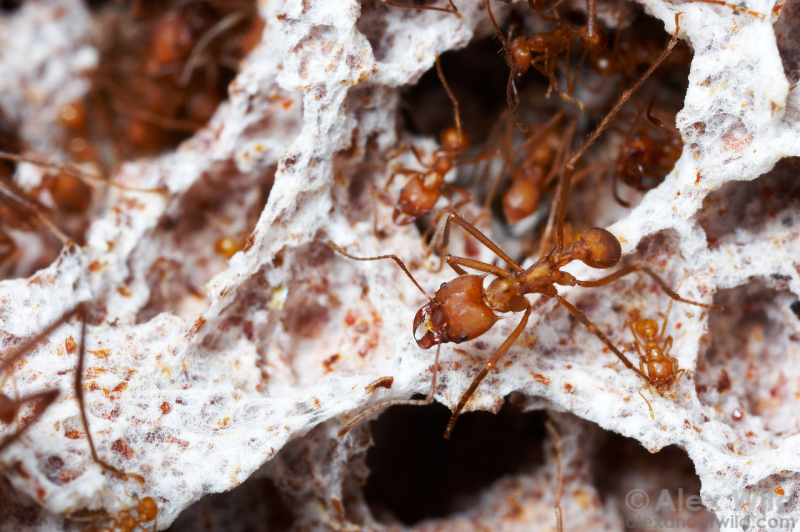
https://latitude65.ca/ 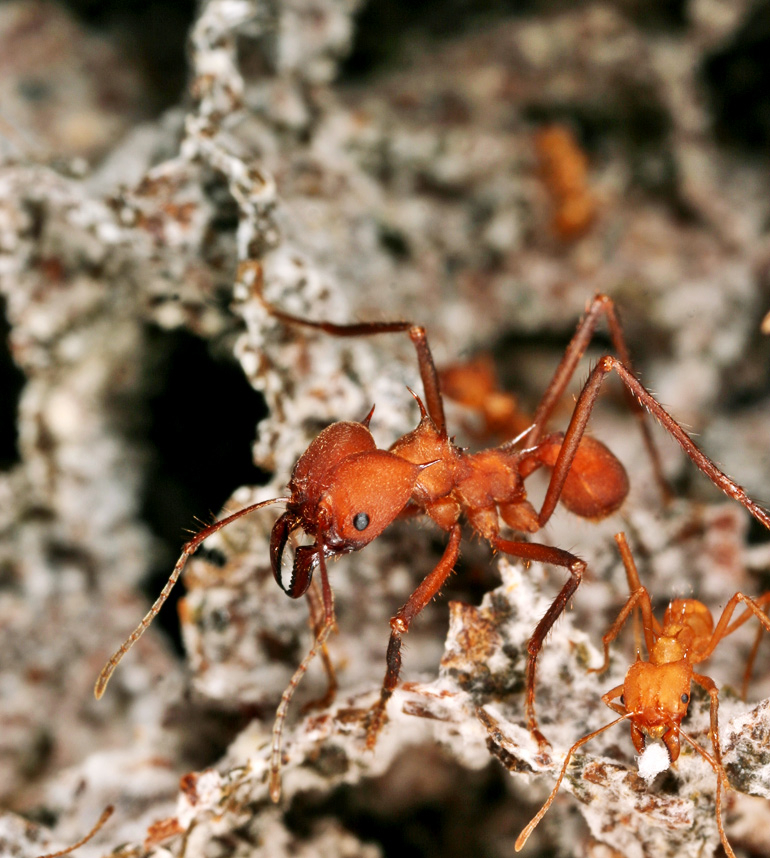
https://www.futurity.org -
The link between Yucca moths and Yucca plants is one of the most significant instances of teamwork that exists. When you realize how much these living forms depend on one another, it is truly amazing that either of them is still alive. Like other plants, yucca plants require pollination in order to procreate.
Some of the most frequent pollinators in nature are insects, and we are all familiar with the behavior of bees, which travel from plant to plant and disperse pollen. However, since the yucca plant only has one pollinator—the yucca moth—it is a little more challenging.
A male yucca moth's life is over after mating. The female travels to a yucca plant, collects the pollen, and transports it to another yucca plant where she deposits the pollen and her eggs. Now that the plant has been fertilized, it is producing fruit and seeds. When the moth's caterpillar hatches, it will consume these. The bond between the two was so incredibly exact that neither plant nor moth could live without the other.
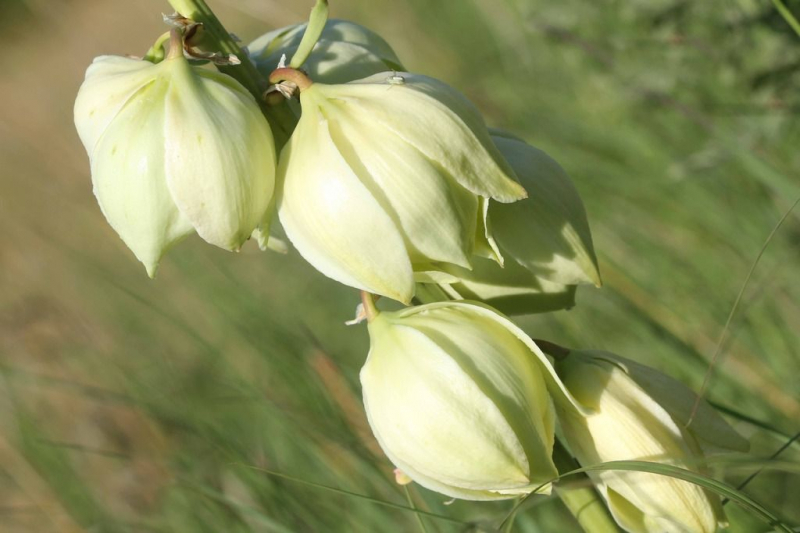
https://www.bleedingheartland.com 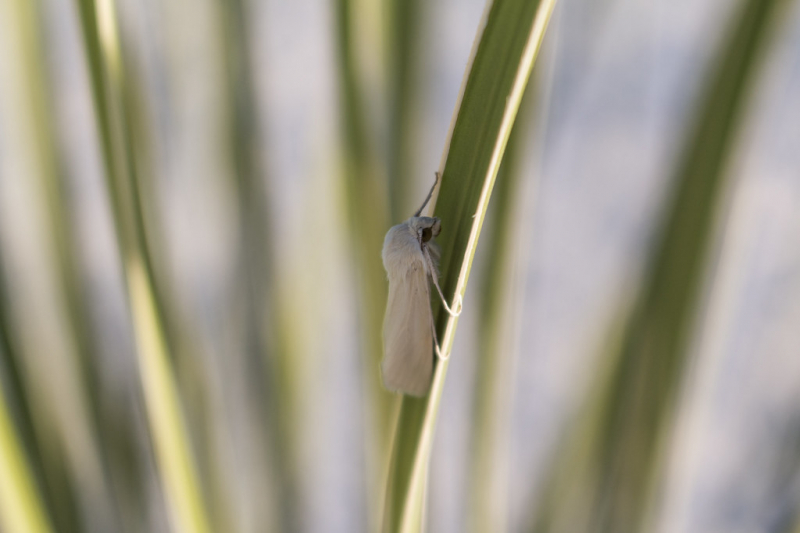
https://www.flickr.com -
The daily activities of sea urchins aren't well-known for being very active. They resemble aquatic porcupines and can move about even though it's difficult to detect their tiny feet. If necessary, they can also move by moving their spines. Because they lack eyes but do have mouths and spines, they get along so well with the crab that bears their name, the carrier crab.
The crabs carry things on their backs using two of their legs. They are able to grasp reasonably large objects that they balance on the rear of their shells because of the special adaptations made to these legs for this purpose. The urchin's numerous poisonous spines defend the crab from predators as it moves across the ocean floor. The urchin can consume the leftovers the crab leaves behind when it finds food at the same time. When the crab ultimately lets it go, it will benefit both creatures by being given other eating grounds.
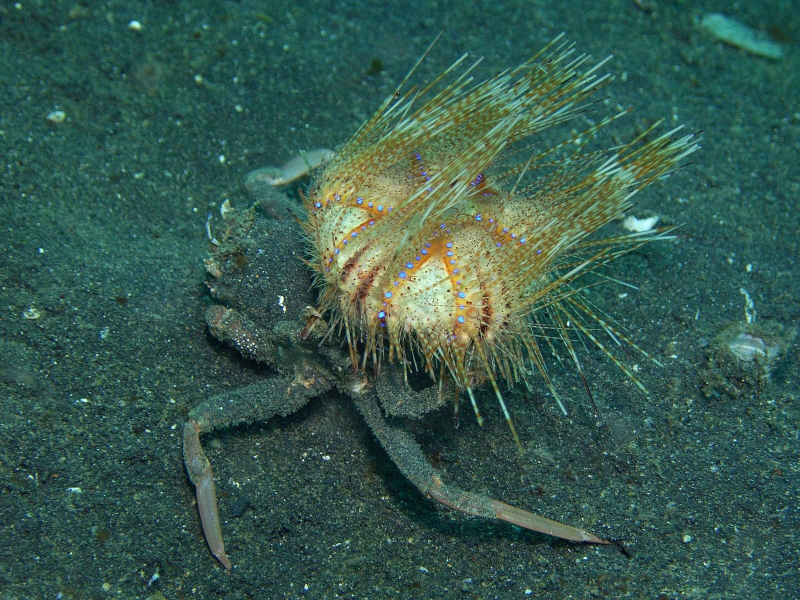
https://www.pinterest.es/ 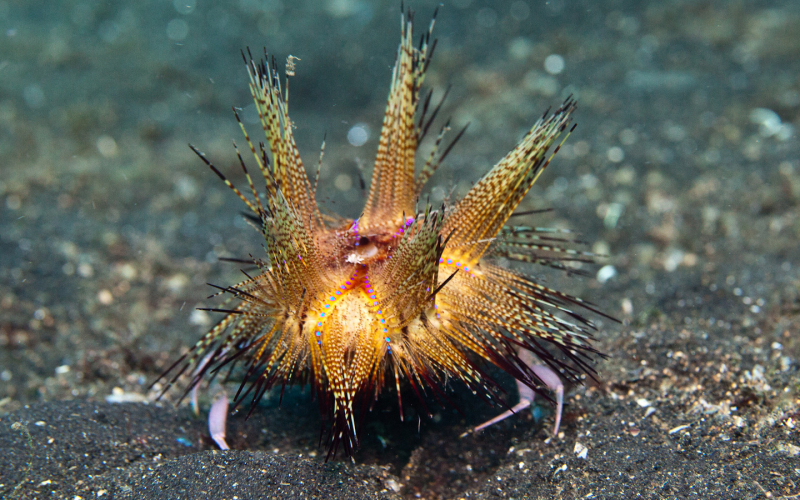
http://www.hearthpwn.com -
One of the most vicious animals in Africa, hippos are believed to murder more than 500 humans annually. Given their size, few few creatures would dare cross their boundaries since they are fiercely territorial. In spite of this, the barbel fish will assist a hippo and won't get in its way.
A hippo is prone to dry skin, just like everybody else. Additionally, the numerous creases and pits in that skin can become infected by parasites and bugs. In rivers, they have developed a mutualistic connection with the barbel fish, from which both species benefit. The barbel fish scrape the hippo's body with their tiny jaws, which resemble suckers.
This enables them to remove all the parasites and dead skin, so they can devour them. Everyone benefits from the hippo getting a thorough washing. Even the hippo's mouth is cleaned out by the fish. While performing their duties, one hippo can occasionally have dozens of the fish covering them.
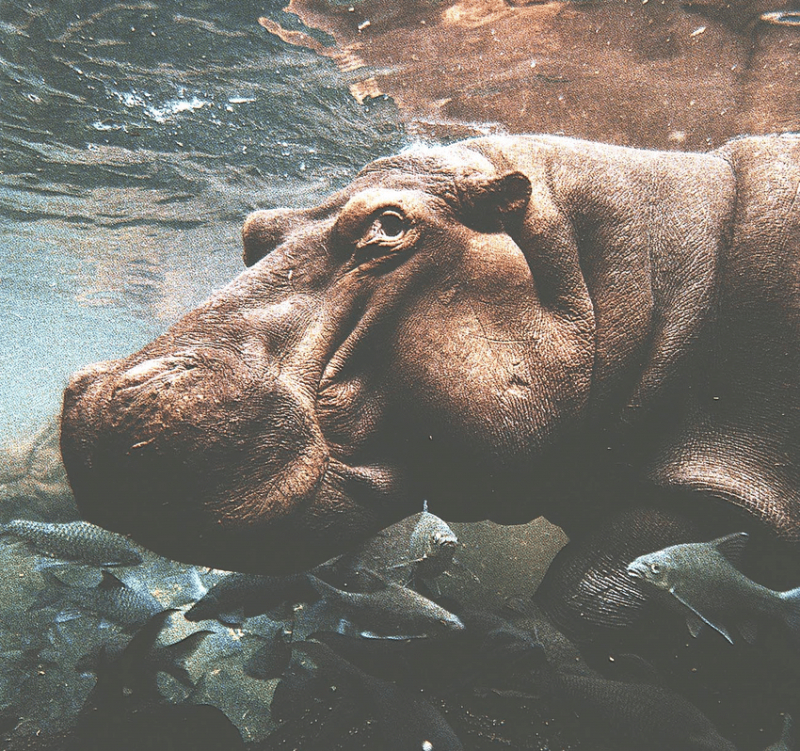
https://www.researchgate.net/ Nat Geo WILD channel on Youtube -
You might be tempted to make friends if you reside in a planet where tigers frequently prowl the area and might attempt to eat you and your buddies. That appears to be what chital deer and langur monkeys in India are doing. Both the deer and the monkeys are quick meals for tigers and have efficient ways of spotting predators on their own, but they do have some coverage gaps. Because they are in trees, monkeys can see approaching predators, which a deer cannot do while they are on the ground. When something does appear, they can make a call to notify not only other langurs but also the deer.
What can the monkeys do because they cannot constantly remain in the treetops and cannot see effectively while foraging or moving around on the ground? The deer come very handy here. The excellent sense of smell of deer allows them to detect approaching predators on the ground. The monkeys can then be warned to return to the trees as they run for cover. The reciprocal "I scratch your back, you scratch mine" relationship keeps them both living more successfully than each species could do on its own.
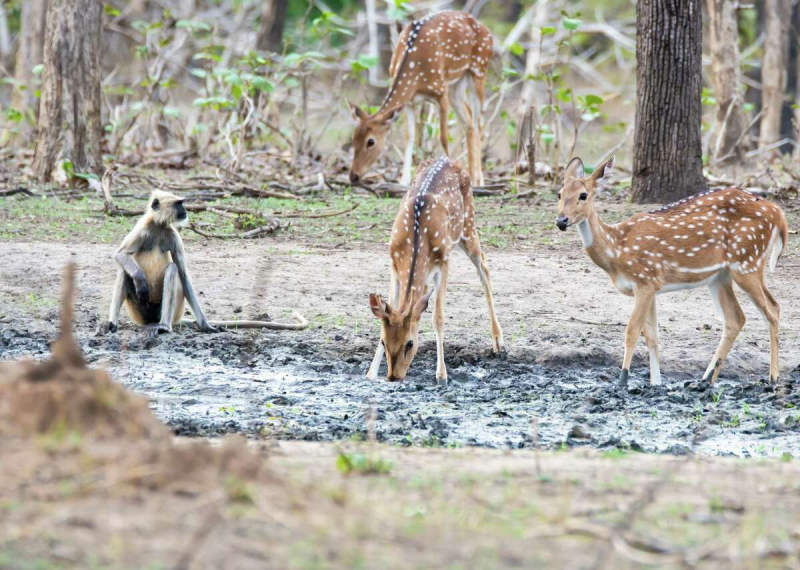
https://www.seattlepi.com/ 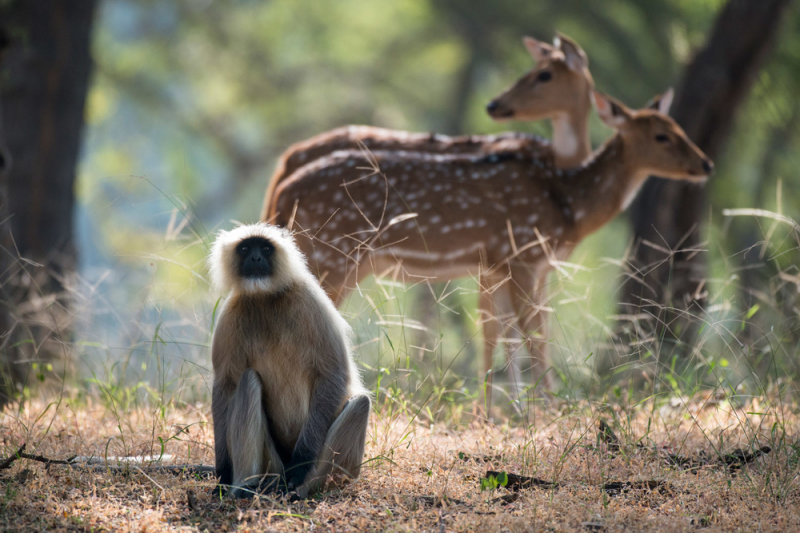
https://www.jameswarwick.co.uk/ -
Not just at sea do humans profit from helping creatures. The Kenyan Honeyguide is any sweet tooth's best buddy in the air. Furthermore, it is one of the few wild creatures that actively interacts with the people they assist. In truth, people are able to respond immediately. It's strange, yet it's also well-known. The honeyguide bird does what its name says. They will guide people to hidden beehives full of honey, frequently without any prodding.
The Yao people of Mozambique can make a simple noise to call the wild birds, and they will reply. When their human spouses arrive, they will show them the way to the sweet stuff. When they arrive, someone will destroy the hive and steal the honey. They leave behind wax and bee larva, which the bird can consume. Although there is evidence of a connection between humans and birds dating back to 1588, for many years researchers who didn't bother to truly investigate it believed it to be a fabrication or plain fraud.
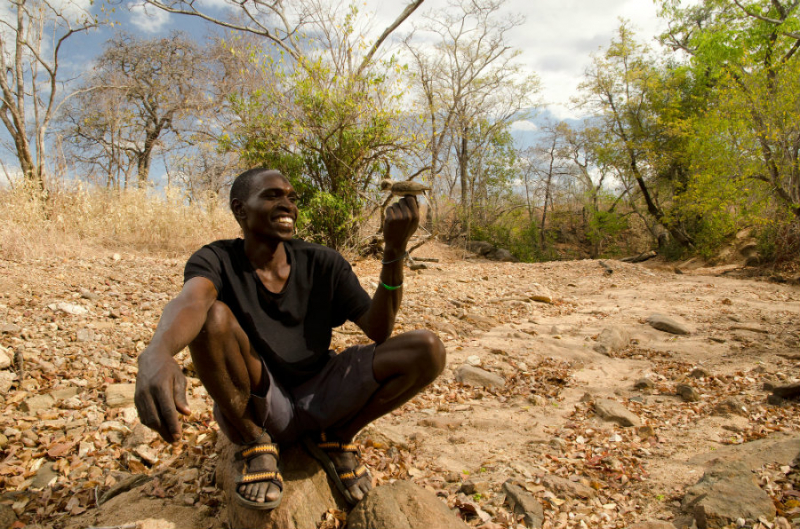
https://www.pulseheadlines.com 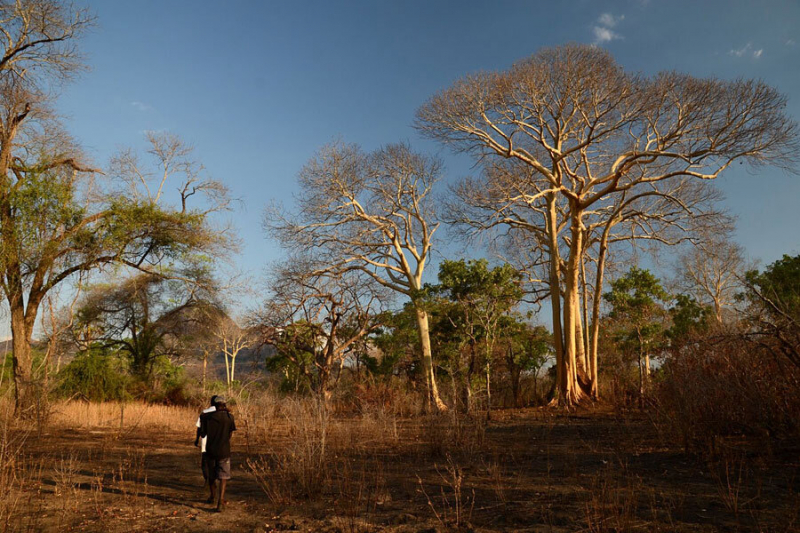
https://www.csmonitor.com -
In Laguna, Brazil, bottlenose dolphins have picked up fishing techniques from people. The dolphins signal by directing shoals of mullet toward the human fishermen. The fishermen cast their nets, catching some fish and driving others back into the waiting dolphins' mouths. Both humans and dolphins profit from this mutualistic activity.
While it has been demonstrated that whales may assist humans in hunting other whales, other aquatic species have also discovered the advantages of cooperating with people. Both species of dolphin have utilized us; they collaborated off the coast of Brazil.
Dolphins act as humans' eyes in this mullet-hunting scenario. Even though the fisherman cannot see the mullet schools in the water, they are prepared with nets. The mullet are pursued by dolphins, who eventually direct them to the humans. The dolphins will roll on the water's surface at the appropriate time to let people know they should cast the nets. The majority of the mullet will be caught in the nets, and any that managed to escape will break up in a way that will make it easier for the dolphins to catch them and take their share.
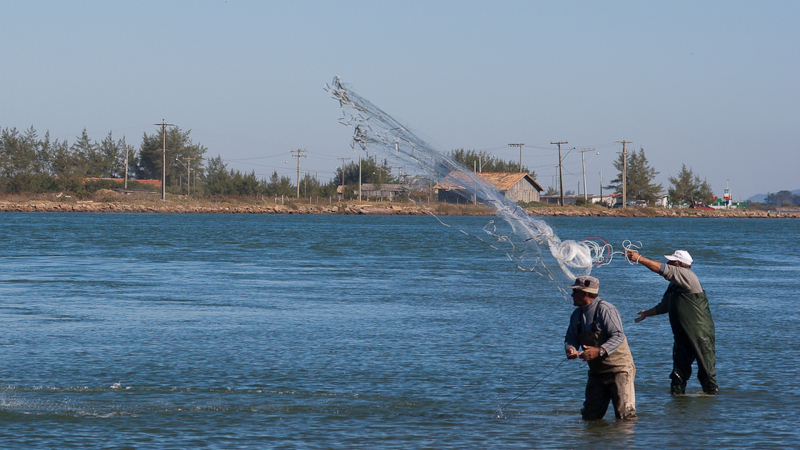
http://www.tripbucket.com 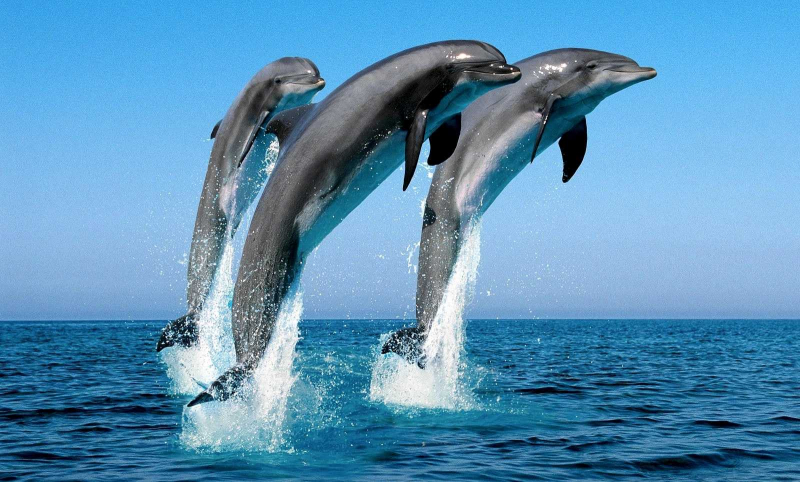
http://earth-chronicles.com/ -
The reputation of fish as some of the world's dumbest animals is frequently disparaged. For example, when they forget things and lose track of their ideas, people will compare themselves to goldfish. However, the sea can take you by surprise, and there is a lot happening below the waves.
Eels and grouper will hunt together to their mutual advantage, which suggests that these aren't just random interactions, according to research. Eels often hunt reefs at night while grouper typically hunt open seas during the day. As a result, grouper prey can avoid it by hiding under reefs, and eels' prey can avoid it by staying in open water. So you can see how a collaboration could be advantageous to all parties.
The grouper must aggressively approach a moray eel in order for this to succeed, shaking its head until the eel pays attention. The eel then hunts with the grouper in and around the reef; occasionally, a grouper will even point out a concealed fish to the eel. According to observation, both fish have better hunting results when they hunt together than they do when they hunt alone.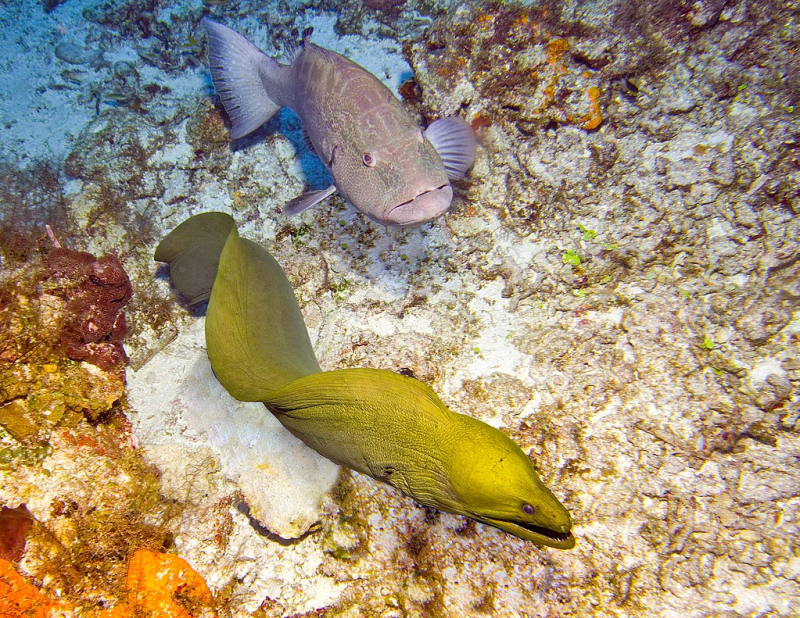
https://www.pinterest.com/ Adrian Mijangos channel on Youtube -
It has been hypothesized that our hunter-gatherer ancestors tamed dogs in the beginning to help them in their hunting. That's only a theory, but it's a solid one given that we've relied on more than just dogs to assist us in hunting over the years. To hunt in the wide sea, for instance, a gang of hunters in New South Wales, Australia, once collaborated with killer whales.
Whalers from the village of Eden were reputed to use killer whales to hunt baleen whales between 1840 and 1930. The baleens were sought after by human whalers, but orcas also valued them as a food source. Until the humans recognized something strange, the orcas were merely a bothersome whale in the way. Baleen whales were being herded by the orcas toward the hunters.
Old Tom, a big killer whale that the hunters named, was in charge of the pod. He started slapping his tail on the water as he approached the whaling ships. The humans quickly understood that they needed to return to where the other orcas had cornered a baleen by following the whale there. When the whalers killed it, the pod devoured the meat while keeping the blubber and bones for the humans, who desired those parts.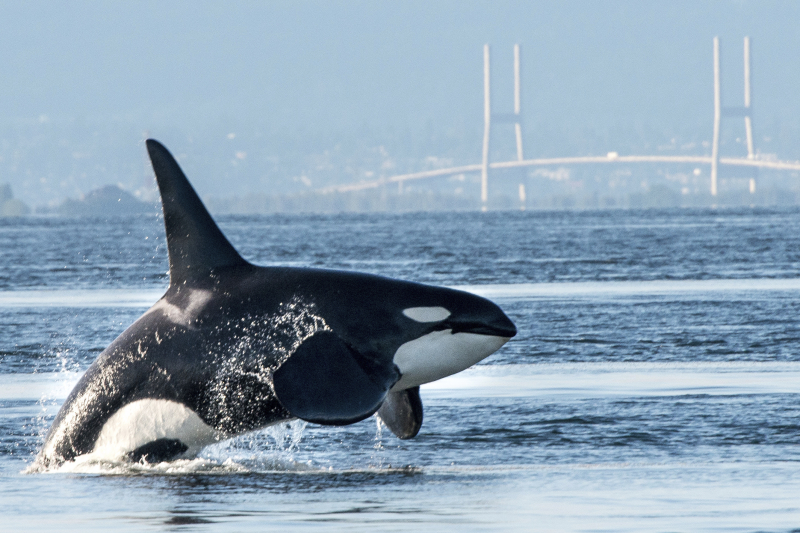
http://georgiastrait.org/ 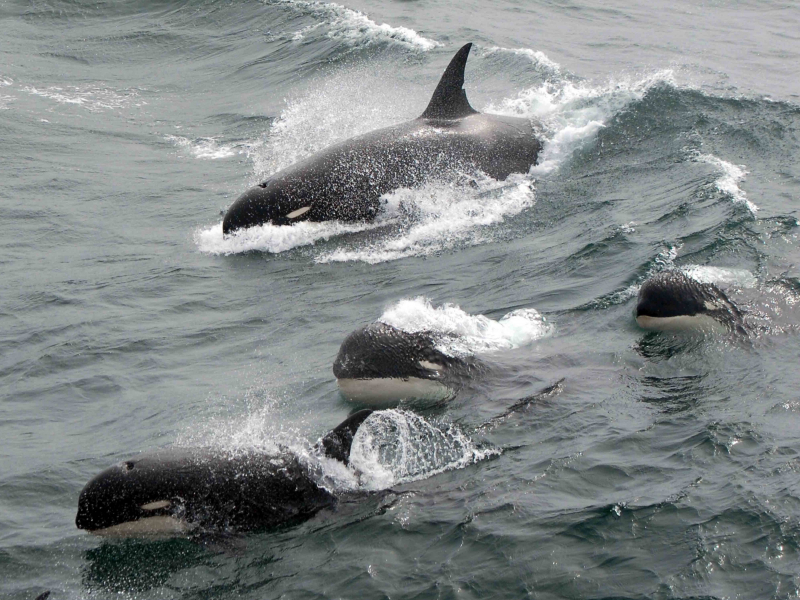
https://www.houstonpublicmedia.org/












